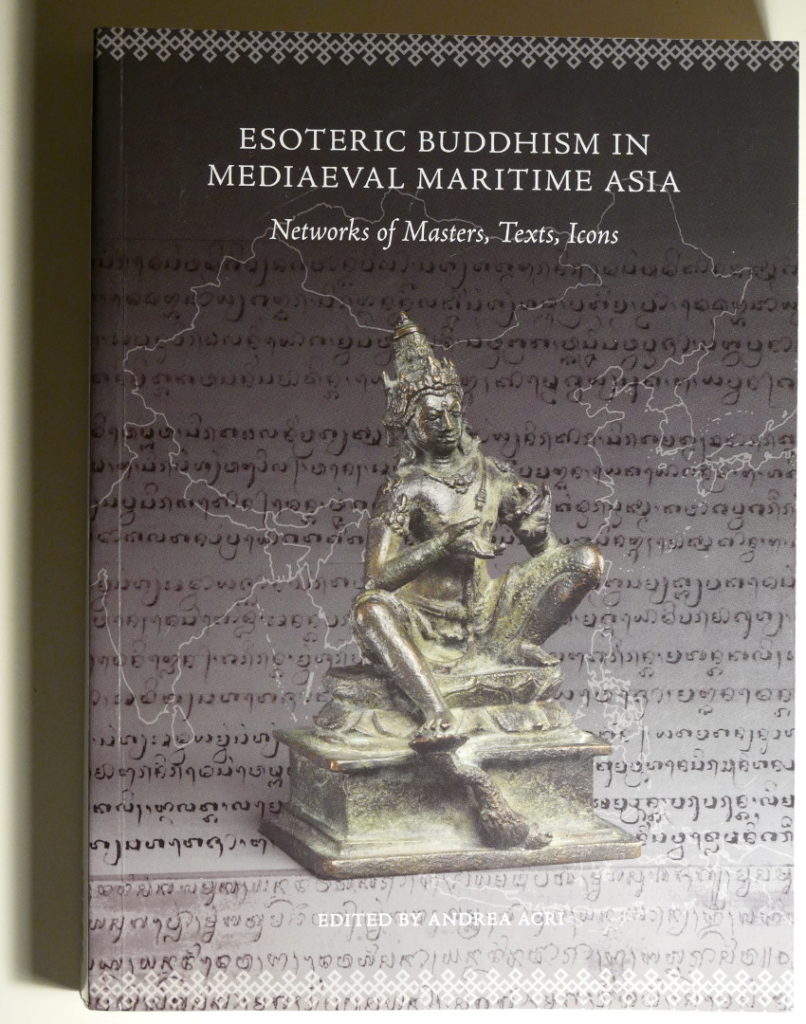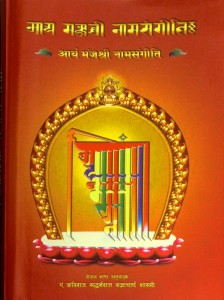Ringpapontsang, Tenzin Choephak. 2016. ‘Conquering the Conqueror: Reassessing the Relationship between Qubilai Khan and ’Phags pa Lama’. PhD diss., Australian National University. 251 pp. URI: http://hdl.handle.net/1885/114562 [PDF]
NB: Contains translations of the basic text of ’Phags pa’s Advice to a King and a commentary, Shes rab gzhon nu’s Rgyal po la gdams pa’i rab tu byed pa’i rnam par bshad pa gsung rab gsal ba’’i rgyan, Sa skya bka’ ’bum, TBRC W22271. (Many citations in the notes are to cut & pasted URLs, rather than robust conventional citations to published works.)





